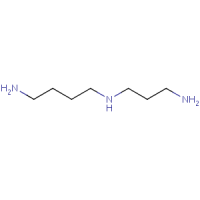It is well known that C60 and derivatives are prone to aggregate even in their best solvents [37]. The C60-olive oil solution used in this study can be considered as free of C60 aggregates because: 1- its colour is purple that is characteristic of C60 solutions while the colour of C60 aggregate-containing solutions are rather brown, which is true even for water-soluble derivatives [3]; 2- it is freely and instantaneously soluble in toluene in contrast to C60 aggregate-containing solutions, which slowly dissolve even in the best solvents of C60. Besides, the concentrations of C60 in olive oil as determined by HPLC agree with those previously published by other authors [22].
The stability of C60-olive oil solution determined under our experimental conditions agrees with recently published results showing that the addition of [60]fullerene significantly hampers the peroxide formation thus increasing the stability of the tested oils [38].
Is it possible that the real discovery here isn't the biological properties of fullerenes as we might normally encounter them, but rather the unusual properties of this particular formulation? People have been selling fullerenes in water for human consumption for some while now. They're rather insanely expensive and have the unappetizing brown color explained above as due to aggregates.
One of the puzzlements of this work is the fact that the animals were only dosed over a relatively short time span (~7mo.) but their lives were extended far beyond that. Aside from the obvious explanation of catastrophic error, this would indicate that the fullerenes either induced a fundamental change in metabolism or that they are lodged in the organism somewhere where they can continue to exert a biological activity. C60 is cleared from blood in a few days, and they also said it cleared from the organs they looked at. Toward the end of the paper, they said:
A complete biodistribution study including intestine, skin, bone and fatty tissue is in progress in our laboratory.
My guess would be that if the effects are real, then it accumulates somewhere, but time will tell.
































 This topic is locked
This topic is locked























